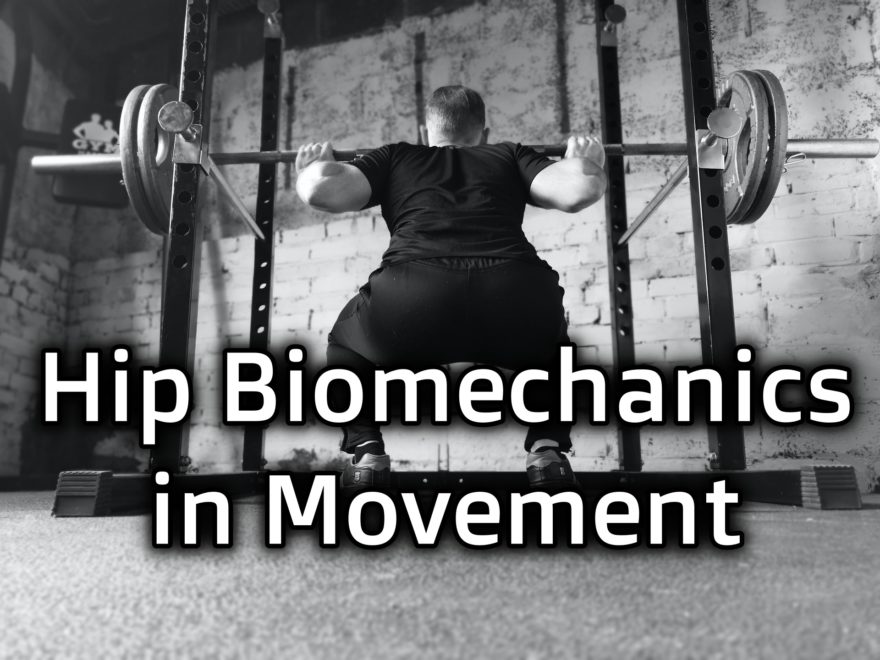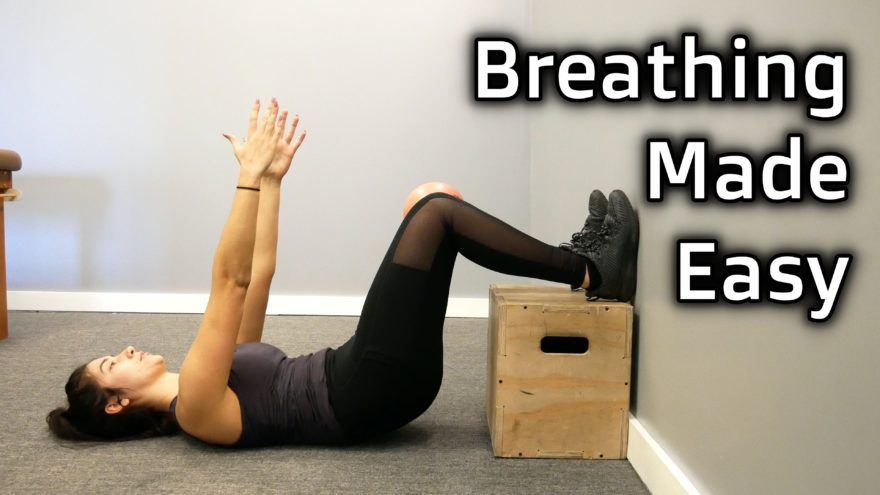If you want clarification on how the hips work when you squat and shift, and navigate through common hip mobility restrictions, meet your post!
Read More
Health and Performance Made Ridiculously Simple

If you want clarification on how the hips work when you squat and shift, and navigate through common hip mobility restrictions, meet your post!
Read More
Get ready to have a model that allows you to apply both, no matter what peeps on the internet tell you!
Read More
Know different postures you will see inside and out! It seems like there are a bazillion different types of postural presentations. Is there any way to simplify the confusion? Interestingly enough, things like flat back, extreme kyphosis, and even the common compensatory pattern can be explained through the movement lens we discuss on a weekly basis. All of these postural deviations are compensations atop of compensations How bad do you want to be able to 1) identify these postural strategies and most importantly, 2) know how to best improve these compensations? If it’s bad (I’m talkin’ reaaaaaaal bad), then check out Movement debrief Episode 124.
Read More
Learn what range of motion testing really tells you Movement Debrief Episode 123 is in the books. Below is a copy of the video for your viewing pleasure, and audio if you can’t stand looking at me. Here is the setlist: Are standing postural assessments useful? What are the best assessments to use online? Does it differ if you are a trainer or clinician? How do I make decisions based off of table tests? What does it mean when someone has clear table tests but is limited in standing measures? What’s the difference between a Thomas test and an ober’s test? How does one determine if someone has ligamentous laxity or not?
Read More
A deep dive into the practical application of respiratory mechanics When you deep dive into the biomechanics, it’s easy to get lost in the weeds. You are trying to figure out how the scapula moves just so, or what is the big toe doing during this part of the squat…yikes! While greater biomechanical understanding is necessary, it’s not the most important piece. You can never lose sight of how to help your clients. That is the highest priority. Practical application. Which is why I think you’ll love my feature on the Upper Left Performance Podcast. It’s just enough of the details of movement compensations, with heaps of practical application! Topics covered include: What are the two common compensatory strategies people can present with? How does body structure influence one’s ability to move Simple assessments for determining one’s compensatory strategy How to adapt one’s training to maximize movement quality Click here or the link below to tune in! Upper Left Performance #14 Zac Cupples Image by pisauikan from Pixabay
Read More
The starting point for learning about breathing This breathing stuff is confusing, isn’t it? You hear all of this foreign terminology, see crazy exercises, and are trying to visualize where the viscera and air is going when you are doing an exercise ahhhhhhhhh!??!! Yet you see the positive results that others get. Heck. you may even get great results just messing around with this line of thinking. You know there’s something there, but where in the hell do you even start? Maybe you’ve lost hope and don’t think you are smart enough to get it. I want to tell you that you are wrong my dear friend. Dead wrong! The problem with continuing education As educators, it’s our fault. We don’t do a great job of preparing you to learn and accept the material. We don’t help you succeed. We expect you to figure it out. That ends today. What’s missing with all of this breathing stuff is a way to grasp the fundamentals. What are the key tenets you need to learn to better learn and apply the material taught on my site and others? That’s why I’ve beefed up the Human Matrix Foundations course. In this free course, you’ll get all the fundamental anatomy, biomechanics, and more that you need to better grasp all the breathing stuff you want to learn; allowing you to get those results you so desire for your client. With this class, you’ll get the following: Become automatic with common breathing terminology and lingo
Read More